
 @Prof. Jim Brenner - We had Zach Tong on the Hack Chat not too long ago, he's interested in DIY AFM
@Prof. Jim Brenner - We had Zach Tong on the Hack Chat not too long ago, he's interested in DIY AFM
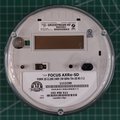 @mh-nexus If you click and hold the scroll bar on the right you can drag it up
@mh-nexus If you click and hold the scroll bar on the right you can drag it up

https://hackaday.io/event/179336-microscopy-hack-chat
Microscopy Hack Chat
Zachary Tong will host the Hack Chat on Wednesday, June 23 at noon Pacific. Time zones got you down? Try our handy time zone converter. There was a time when electronics was very much a hobby that existed in the macroscopic world.

 Might want to check that out, and his YT channel is pretty cool too
Might want to check that out, and his YT channel is pretty cool too

https://www.stromlinet-nano.org/
Stromlinet Nano - Nanoscience Made Easy
 @Dan Maloney thanks! ;p
@Dan Maloney thanks! ;p

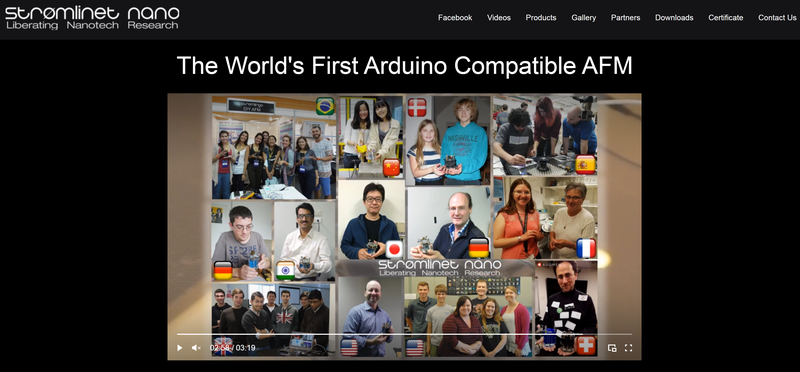
 @Prof. Jim Brenner yes, I get 10% my institute get 90% XDDDDD
@Prof. Jim Brenner yes, I get 10% my institute get 90% XDDDDD

 I think you can ask them....also your text book can cite the Nature nanotechnology article
I think you can ask them....also your text book can cite the Nature nanotechnology article

https://www.nature.com/articles/nnano.2015.95
Creativity unleashed - Nature Nanotechnology
Hands-on challenges such as building a low-cost atomic force microscope for schools can teach more than standard lessons, says François Grey. When I arrived as a visiting professor at Tsinghua University in 2008, one of my first tasks was to set up an international summer school that would expose foreign students to the many exciting advances being made in China in the field of nanotechnology, and to encourage them to collaborate with their Chinese counterparts on practical projects.
![]() @Edwin Hwu Maybe someone asked the question already but I couldnt find a mention of this in the chat. What medical applications do you see, since the devices will be too bulky to work inside the human body.
@Edwin Hwu Maybe someone asked the question already but I couldnt find a mention of this in the chat. What medical applications do you see, since the devices will be too bulky to work inside the human body.

That's cool you're the tech behind the stromlinet system! Didn't realize they had licensed that from you
 @mh-nexus I think electrode implant for brain machine interface can be a good application for nanopositioner ;)
@mh-nexus I think electrode implant for brain machine interface can be a good application for nanopositioner ;)
 @polyfractal did you have one? ;p
@polyfractal did you have one? ;p

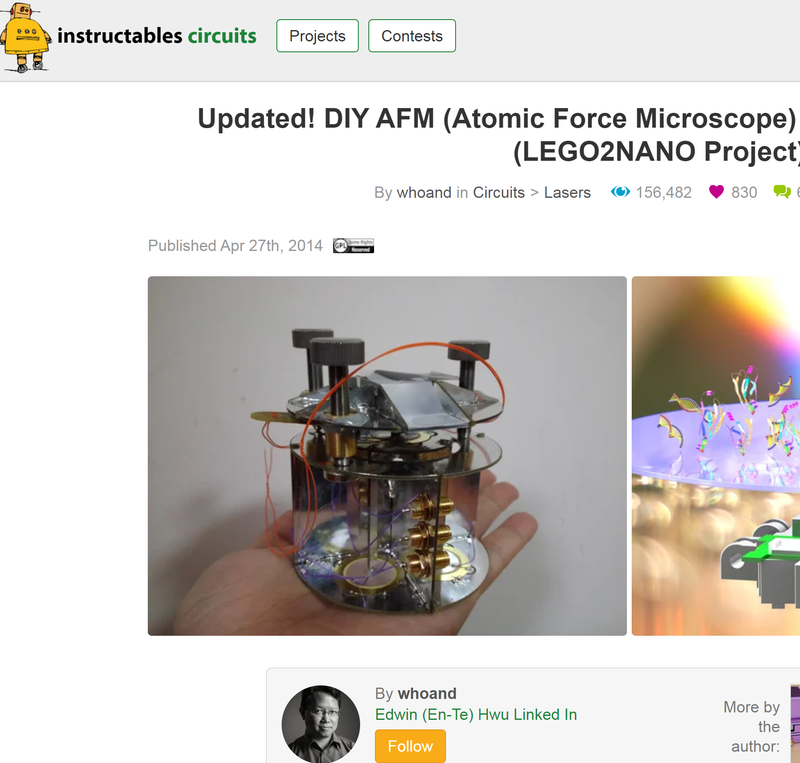


 This AFM use piezo buzzers for high resolution scanning, super low cost ;3
This AFM use piezo buzzers for high resolution scanning, super low cost ;3
 @polyfractal Nice YouTube channel, look forward to checking out your content later tonight
@polyfractal Nice YouTube channel, look forward to checking out your content later tonight


https://www.youtube.com/c/EdwinHwuHacks4Science/videos
Edwin Hwu
Associate Professor at IDUN Research Group. Hardware hacking as an unorthodox way of research. Co-Founder of BluSense Diagnostics.
 This is my channel ;p
This is my channel ;p
![]() Is the Espresso AFM a different design?
Is the Espresso AFM a different design?

 do you think you will be able to publish/open-source the rotary dseign any time soon? That looks super intersting to me...
do you think you will be able to publish/open-source the rotary dseign any time soon? That looks super intersting to me...
 Good stuff on your Hackaday.io page, too:
Good stuff on your Hackaday.io page, too:

 would it be possible to use the self mixing of a laser diode for low cost feedback for a nano or submicron positioner? I imagine at least the drifting of the frequency will be an issue? Seems that it could be a very low cost solution.
would it be possible to use the self mixing of a laser diode for low cost feedback for a nano or submicron positioner? I imagine at least the drifting of the frequency will be an issue? Seems that it could be a very low cost solution.
 Espresso AFM use the same mechanism like DIY AFM...only the tip alignment is done by rotary piezo motor ;p
Espresso AFM use the same mechanism like DIY AFM...only the tip alignment is done by rotary piezo motor ;p
 @Edwin Hwu +1 Subscribers ;)
@Edwin Hwu +1 Subscribers ;)
 Hi sorry for joining late :(
Hi sorry for joining late :(
How much does simulation play a role or would make sense in your opinion? Had some nice results with open source software (openCFS https://www.opencfs.org/ ).
 @Merijn Otterman that's possible...we can use interal photodiode of laser diode to read interference signal
@Merijn Otterman that's possible...we can use interal photodiode of laser diode to read interference signal
 @lageos thanks! I am not sure...maybe stick slip simulation? :)
@lageos thanks! I am not sure...maybe stick slip simulation? :)
 @Hash thanks! :D
@Hash thanks! :D

![]() @Edwin Hwu Are you aware of something regarding nanorobotics or microrobotics combined with imaging that could be doable outside of a highly specialized uni lab?
@Edwin Hwu Are you aware of something regarding nanorobotics or microrobotics combined with imaging that could be doable outside of a highly specialized uni lab?
 @polyfractal the forward and backward positioning has slightly difference...because piezo expansion and contraction have different speed...
@polyfractal the forward and backward positioning has slightly difference...because piezo expansion and contraction have different speed...
 @mh-nexus I think microrobits has higher chance....because nano one needs SEM or other microscopy to see :)
@mh-nexus I think microrobits has higher chance....because nano one needs SEM or other microscopy to see :)

 @polyfractal smart! Acutally I did put spring preload...but I didn't mention in the paper because I would like to KISS (Keep it simple and stupid) :D
@polyfractal smart! Acutally I did put spring preload...but I didn't mention in the paper because I would like to KISS (Keep it simple and stupid) :D
 Welp, that's our hour! It was a fast one -- lots of great discussion. I want to thank Edwin for stopping by today, I really enjoyed this Chat. And thanks to all of you out there for the great questions and all the discussion. I think we might have got some good collaborations started today!
Welp, that's our hour! It was a fast one -- lots of great discussion. I want to thank Edwin for stopping by today, I really enjoyed this Chat. And thanks to all of you out there for the great questions and all the discussion. I think we might have got some good collaborations started today!


 @Edwin Hwu Awesome, I got hear in time! You have the DIY AFM on Instructable and two projects on hackaday.io. Any plans for more?
@Edwin Hwu Awesome, I got hear in time! You have the DIY AFM on Instructable and two projects on hackaday.io. Any plans for more?
 @Edwin Hwu Regarding stick slip: First yes that would be nice but tricky, secondly did you measure repeatability on the steps on your actuator design? What about wear on the (nickel?) plating on the magnet.
@Edwin Hwu Regarding stick slip: First yes that would be nice but tricky, secondly did you measure repeatability on the steps on your actuator design? What about wear on the (nickel?) plating on the magnet.
 Here's hoping the discussion continues. Feel free to use Hackaday.io to keep things going
Here's hoping the discussion continues. Feel free to use Hackaday.io to keep things going
 I'll wait a bit before I pull a transcript -- looks like there's still some chatting to do ;-)
I'll wait a bit before I pull a transcript -- looks like there's still some chatting to do ;-)

 @Edwin Hwu Any thoughts on making a spectrometer using COTS parts that's cost effective?
@Edwin Hwu Any thoughts on making a spectrometer using COTS parts that's cost effective?
 @James Finch I can try to put hacked Drone + Spy camer+Qi power for lab on a disc system if I have time ;)
@James Finch I can try to put hacked Drone + Spy camer+Qi power for lab on a disc system if I have time ;)

https://www.youtube.com/watch?v=tBHWr2xoppQ
 @Edwin Hwu I've wondering about interferometry based maybe somehow with HD actuator.
@Edwin Hwu I've wondering about interferometry based maybe somehow with HD actuator.
 @James Finch I guess low cost spy camera can get you wireless spectrum meter ;p
@James Finch I guess low cost spy camera can get you wireless spectrum meter ;p
 Is there a link to the poster mentioned in the video?
Is there a link to the poster mentioned in the video?
 I can put the poster here ;)
I can put the poster here ;)



MicroTAS2020_Poster Edwin M1-180.e.pdf
8 MB
 Bye Zach! Thanks for stopping by!
Bye Zach! Thanks for stopping by!
 @polyfractal sure :)
@polyfractal sure :)
 @Prof. Jim Brenner Thanks fo
@Prof. Jim Brenner Thanks fo
 Thanks for the poster!
Thanks for the poster!
 ... for clarification.
... for clarification.
![]() Ah yep could use that cell culture monitoring unit for a side project we have with one of the local medical research institutes
Ah yep could use that cell culture monitoring unit for a side project we have with one of the local medical research institutes
 @lageos I didn't really measure the nikel thickness....since they didn't stop working ;p
@lageos I didn't really measure the nikel thickness....since they didn't stop working ;p
 @placethesundontshine exactly, it's not easy to implement flow model for cell culture...but this cell culture on disc can do it in a elegant way
@placethesundontshine exactly, it's not easy to implement flow model for cell culture...but this cell culture on disc can do it in a elegant way
![]() the project was on high throughput cell culture analysis for drug discovery
the project was on high throughput cell culture analysis for drug discovery



 Recently I am writing a HardwareX article, to make lab on disc for everyone
Recently I am writing a HardwareX article, to make lab on disc for everyone

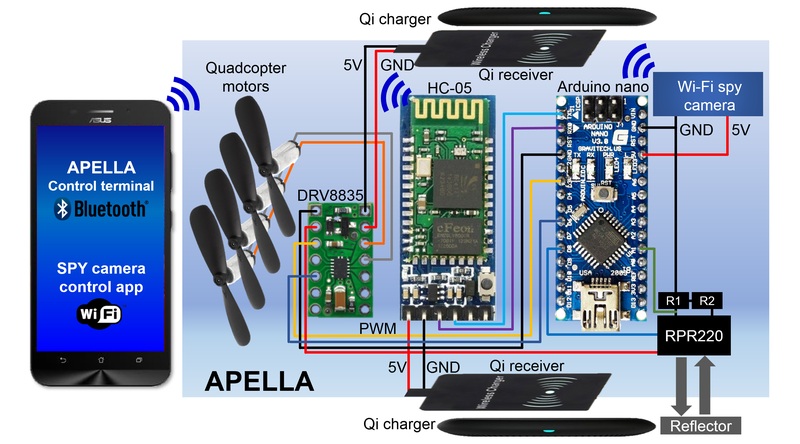
 @Prof. Jim Brenner Thanks :D I like this kind of fun development
@Prof. Jim Brenner Thanks :D I like this kind of fun development
![]() Did you release a control bored/code for controlling the HOP-15XX units at all?
Did you release a control bored/code for controlling the HOP-15XX units at all?
 Linear CCD vs 2/4K webcam vs spycam and having thoughts of sensitivity and refresh rates. Though kind of a more narrow time very dynamic situation vs static sample.
Linear CCD vs 2/4K webcam vs spycam and having thoughts of sensitivity and refresh rates. Though kind of a more narrow time very dynamic situation vs static sample.
 @placethesundontshine HOP-15xx? I didn't use this head before...
@placethesundontshine HOP-15xx? I didn't use this head before...

 @James Finch do you mean lab on disc imaging?
@James Finch do you mean lab on disc imaging?
 @Prof. Jim Brenner is that link your teaching material? cool :)
@Prof. Jim Brenner is that link your teaching material? cool :)
![]() Is that 15 separate wells you have on the cell culture disk, and you take a picture as each well goes past?
Is that 15 separate wells you have on the cell culture disk, and you take a picture as each well goes past?
![]() you mentioned earlier that you were using the 7 axis controller for manipulating graphene. Was that a successful approach?
you mentioned earlier that you were using the 7 axis controller for manipulating graphene. Was that a successful approach?

 @Edwin Hwu More-so just a thought and not specific application other than possibly standalone or microscope. I need to study the lab on disc imaging more as I'm only familiar with your CD/DVD/BluRay parts use and DIY AFM when you presented initially. I need to read into your work more... wow... you've really been jamming on the nanopositioning I've seen recently.
@Edwin Hwu More-so just a thought and not specific application other than possibly standalone or microscope. I need to study the lab on disc imaging more as I'm only familiar with your CD/DVD/BluRay parts use and DIY AFM when you presented initially. I need to read into your work more... wow... you've really been jamming on the nanopositioning I've seen recently.

 @placethesundontshine I made the 7axes manipulator, but my colleague didn't get his project funded :(
@placethesundontshine I made the 7axes manipulator, but my colleague didn't get his project funded :(
 @James Finch haha...that's part of my "research advtisement" ;p
@James Finch haha...that's part of my "research advtisement" ;p
![]() Ah, I mean 16 wells. Could it be scaled to the usual cell culture sizes - 96, higher?
Ah, I mean 16 wells. Could it be scaled to the usual cell culture sizes - 96, higher?

 Dan Maloney
Dan Maloney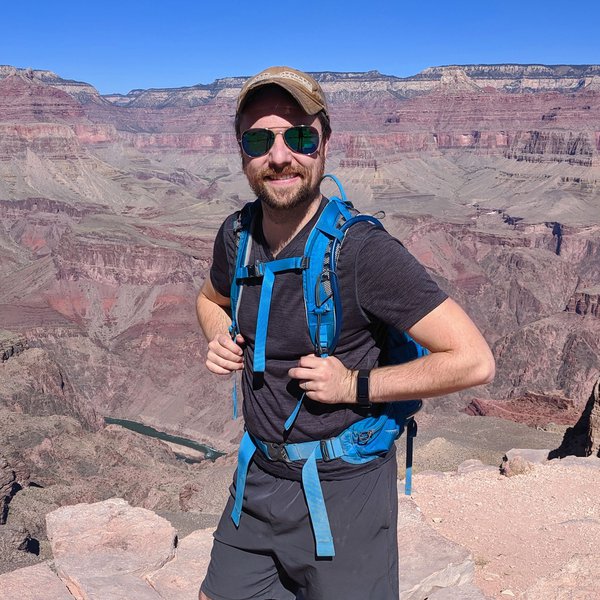

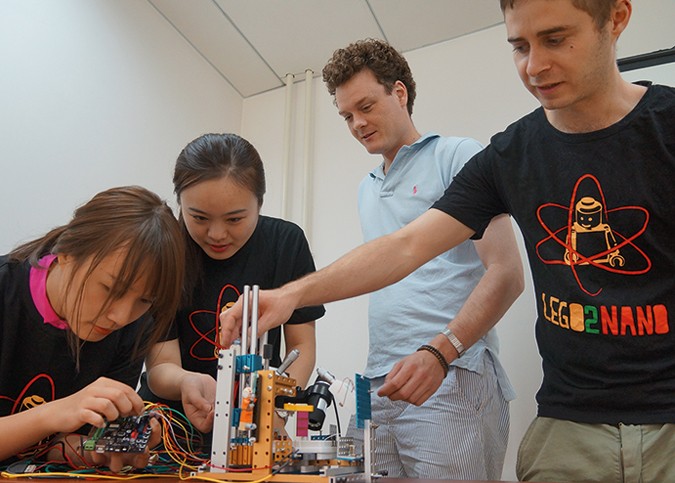
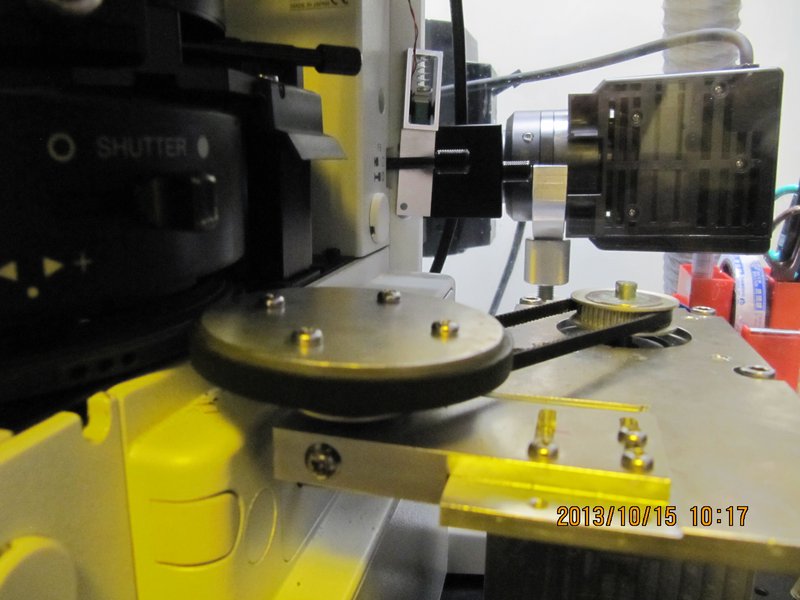
Discussions
Become a Hackaday.io Member
Create an account to leave a comment. Already have an account? Log In.